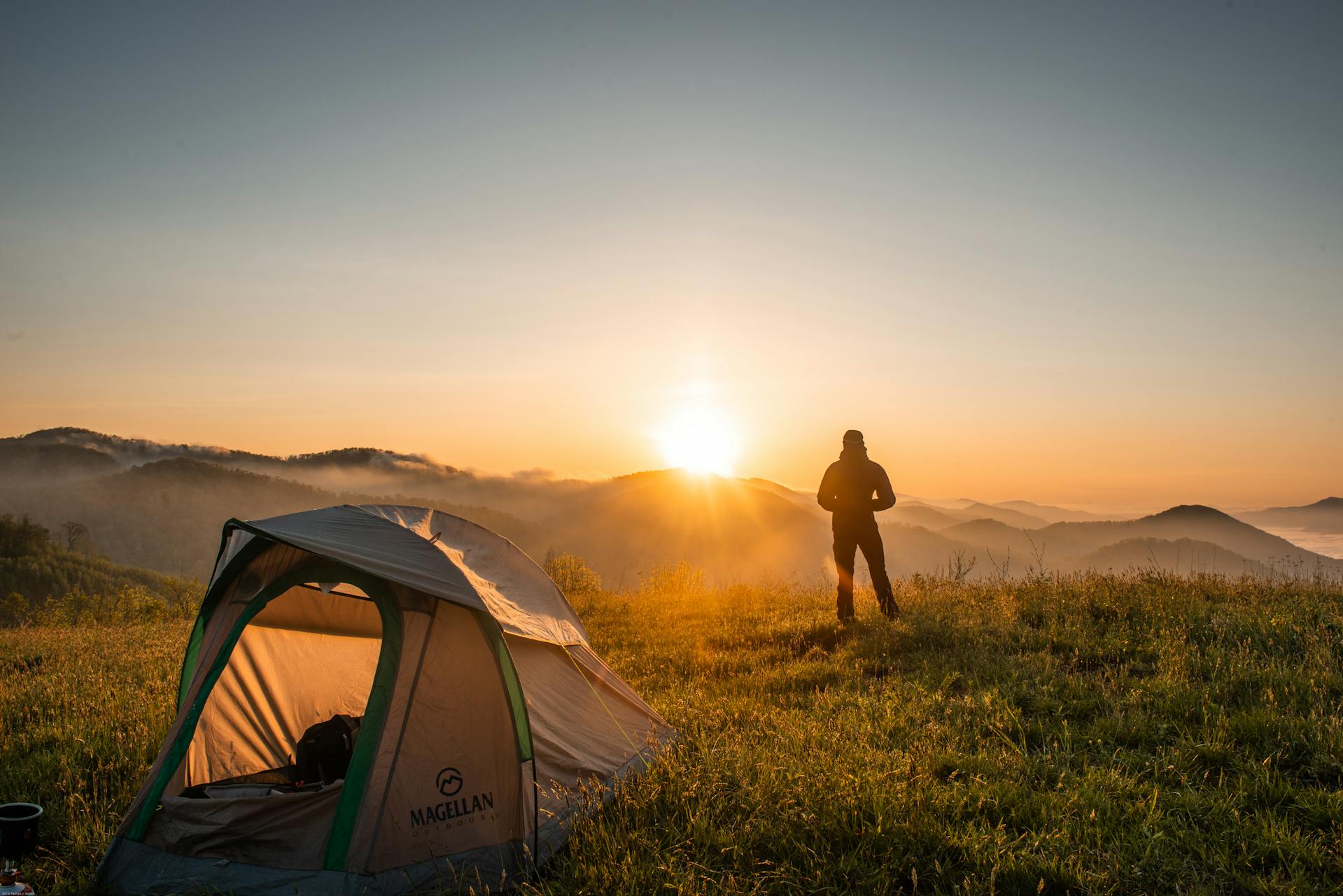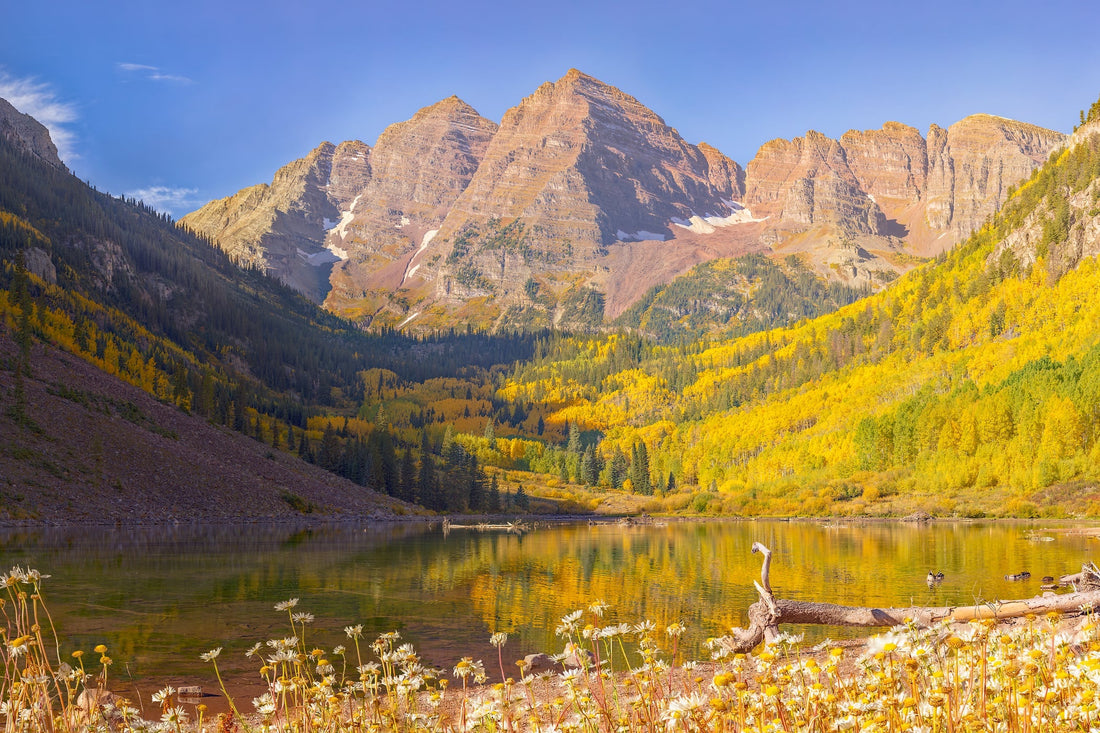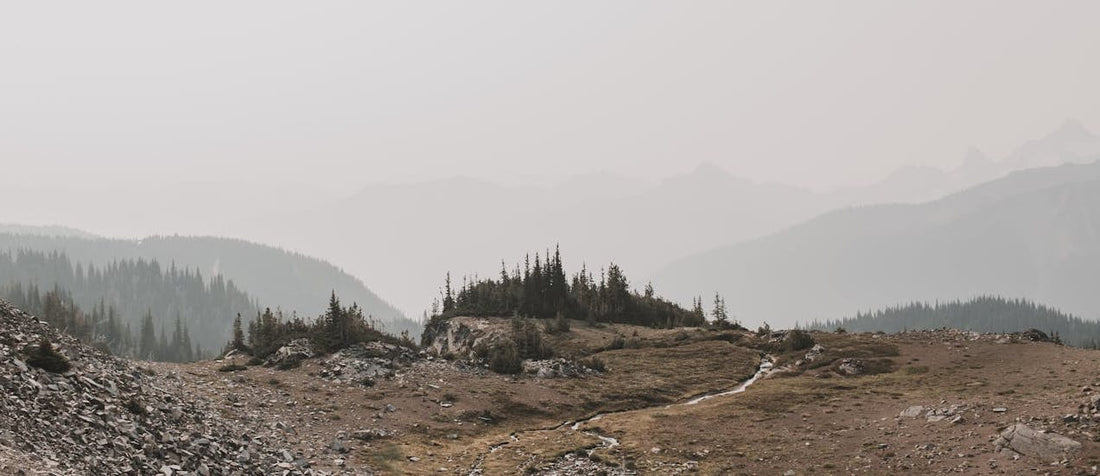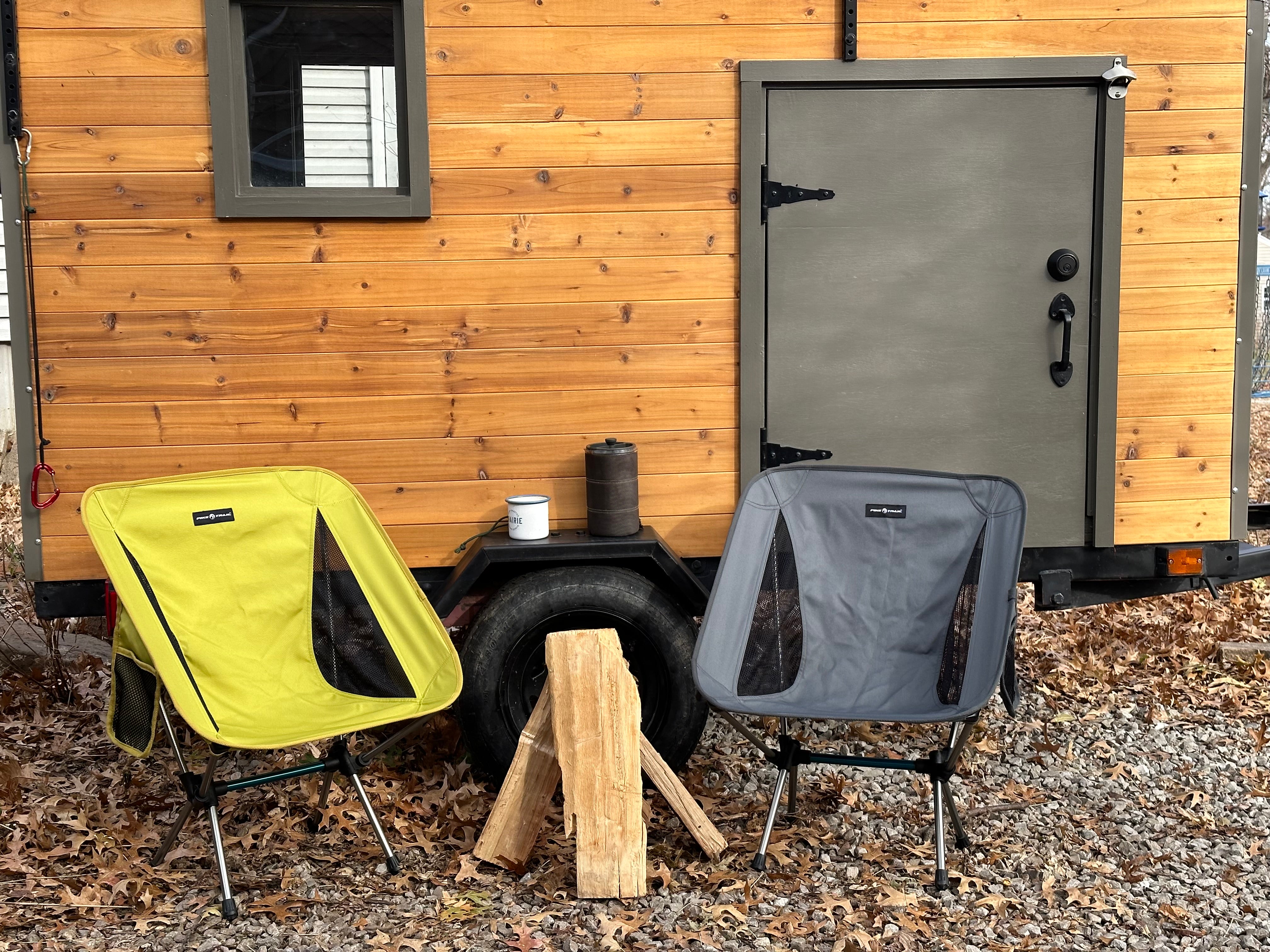Photo by Cliford Mervil: https://www.pexels.com/photo/silhouette-of-person-standing-near-camping-tent-2398220/
Camping is an exhilarating way to reconnect with nature and escape the hustle and bustle of daily life. However, venturing into the wild comes with its own set of challenges. To ensure a safe and enjoyable experience, it’s crucial to be equipped with essential survival skills. Here are some tips and techniques for building shelters, finding food and water, and staying safe in the wild.
Building Shelters
1. Selecting a Location
- Choose a dry, flat area away from potential hazards such as falling branches, flooding zones, and animal trails.
- Ensure your location is sheltered from strong winds and has access to materials for building your shelter.
2. Types of Shelters
- Lean-To Shelter: Use a long branch as the main support and lean smaller branches against it at an angle. Cover with leaves, grass, and other vegetation for insulation.
- Debris Hut: Construct a simple frame using branches, then pile leaves, grass, and other debris around and over the frame for insulation. Ensure there’s enough room inside to lie down.
- Tarp Shelter: If you have a tarp, or pocket blanket, drape it over a rope tied between two trees to create a quick and effective shelter. Secure the edges with rocks or stakes.
3. Insulation and Weatherproofing
- Use natural materials like leaves, moss, and grass to insulate your shelter and keep warm.
- Ensure your shelter has good drainage to prevent water from pooling inside during rain.
Finding Food
1. Foraging
- Learn to identify edible plants, berries, nuts, and mushrooms in the area. Carry a guidebook and foraging bag if possible.
- Avoid plants with white or yellow berries, umbrella-shaped flowers, or those that emit a bitter smell or milky sap.
2. Fishing and Trapping
- Use simple fishing lines or makeshift traps to catch fish in streams and rivers.
- Set up small game traps using basic snares or deadfall traps to catch rabbits, squirrels, or other small animals.
3. Insects and Grubs
- Insects like ants, grasshoppers, and crickets are rich in protein and relatively easy to find.
- Cook insects to reduce the risk of parasites and enhance digestibility.
Finding Water
1. Natural Sources
- Look for streams, rivers, and lakes as primary water sources. Always collect water upstream to avoid contamination. Bring waterproof gear as well to stay dry and safe.
- Be cautious of stagnant water, which may harbor harmful bacteria and parasites.
2. Purification Techniques
- Boil water for at least one minute to kill pathogens.
- Use portable water filters or purification tablets if you have them.
- Create a makeshift filter by layering sand, charcoal, and grass in a container and pouring water through it.
3. Collecting Rainwater
- Use tarps, ponchos, or large leaves to collect rainwater.
- Store collected water in clean containers for later use.
Staying Safe
1. Navigation and Orientation
- Carry a map and compass, and know how to use them. GPS devices are helpful but should not be solely relied upon.
- Learn to read natural signs like the position of the sun, stars, and landmarks.
2. Fire Safety
- Build fires in designated fire rings or clear areas to prevent forest fires.
- Keep your fire small and manageable, and always extinguish it completely before leaving.
3. Wildlife Awareness
- Store food securely and away from your sleeping area to avoid attracting animals.
- Make noise while hiking to alert wildlife of your presence and reduce the risk of surprising them.
4. First Aid
- Carry a well-stocked first aid kit and know basic first aid procedures.
- Treat cuts, burns, and insect bites promptly to prevent infection.
Mastering these survival skills can make the difference between a challenging experience and an enjoyable adventure. By knowing how to build shelters, find food and water, and stay safe in the wild, you’ll be well-prepared for whatever nature throws your way. Happy camping and stay safe out there!







1 comment
“This article is a must-read for anyone who loves the outdoors. I’ve bookmarked it to reference before every camping trip. Thanks for the detailed insights!
sharing also my personal blog: https://www.wkadventures.com/outdoor/camping/embracing-the-wild-tips-for-safe-and-responsible-car-camping-in-natural-areas/